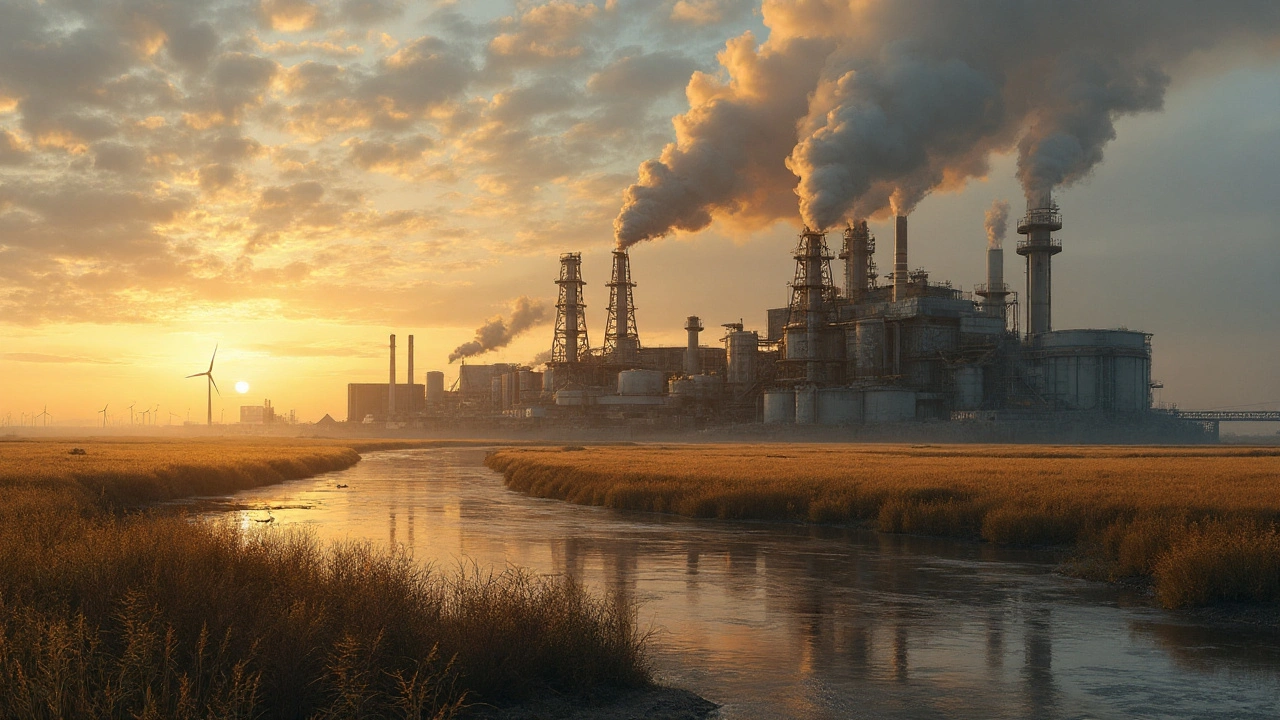Life‑Cycle Assessment (LCA) Made Simple
Ever wonder how a coffee mug, a smartphone, or even a pair of sneakers affects the planet? Life‑cycle assessment, or LCA, answers that question. It looks at every step a product takes – from extracting raw materials to the moment it’s tossed away – and adds up the energy, water, emissions, and waste involved.
Why should you care? Because those hidden impacts add up fast. Knowing them helps you pick greener options, designers create less‑waste products, and businesses meet climate goals. In short, LCA turns vague “eco‑friendly” claims into real numbers you can trust.
How LCA Works in Practice
First, you define the goal. Are you comparing two types of packaging? Or checking the carbon footprint of a new building material? Clear goals keep the study focused and the results useful.
Next comes the inventory phase. You gather data on every input – electricity used in factories, water for cooling, transportation miles, and even the chemicals released during manufacturing. This stage can feel like detective work, but today’s software and databases make it quicker.Then you move to impact assessment. Here you translate raw data into environmental categories: global warming potential, water scarcity, land use, and more. You’ll see, for example, that a plastic bottle might have low carbon emissions but high water use during production.
The final step is interpretation. You compare the numbers, spot the biggest hotspots, and decide what changes will cut the most impact. Maybe switching to recycled aluminum reduces both carbon and energy use, or redesigning a product for easier disassembly boosts recycling rates.
Putting LCA to Work in Real Life
If you’re a consumer, start with labels that reference LCA results – things like “Carbon‑neutral” or “Certified low‑impact.” Look for product pages that share a carbon footprint per unit; they’re usually based on a solid LCA.
Businesses can embed LCA into product development cycles. By testing new concepts early, they avoid costly redesigns later. Many companies also report LCA data in sustainability reports to show investors they’re serious about climate goals.
Policymakers use LCA to set regulations, such as minimum recycled content requirements or tax incentives for low‑impact goods. Knowing the full picture helps create rules that actually lower emissions instead of just shifting them.
Finally, educators and researchers keep improving LCA methods. New models factor in social impacts, like labor conditions, giving a fuller view of sustainability. As data gets better, LCA becomes an even more powerful tool for making smarter choices.
Bottom line: Life‑cycle assessment turns vague environmental talk into clear, actionable numbers. Whether you’re buying a product, designing one, or shaping policy, LCA shows where the biggest wins are and helps you move toward a greener future.
- September 5 2025
- 10 Comments
- Daryl Gardner
Environmental Impact of Mefenamic Acid Production: Risks, Green Alternatives & LCA Insights
Explore how mefenamic acid production harms the environment, review life‑cycle data, and discover greener synthesis routes that cut emissions and waste.
- Health & Medicine (103)
- Health & Nutrition (8)
- Caregiving & Dementia (2)
- Health & Wellness (2)
- Environment & Climate (1)
Categories
- December 2025 (24)
- November 2025 (22)
- October 2025 (27)
- September 2025 (38)
- August 2025 (5)
- July 2025 (4)
Archives
- side effects
- medication side effects
- generic drugs
- dosage
- online pharmacy
- gut health
- generic substitution
- safety and side effects
- natural antioxidant
- coping strategies
- hypertension
- immunosuppressants
- mental health
- medication adherence
- drug safety
- NTI drugs
- narrow therapeutic index
- combination therapy
- black box warning
- autoimmune disease
